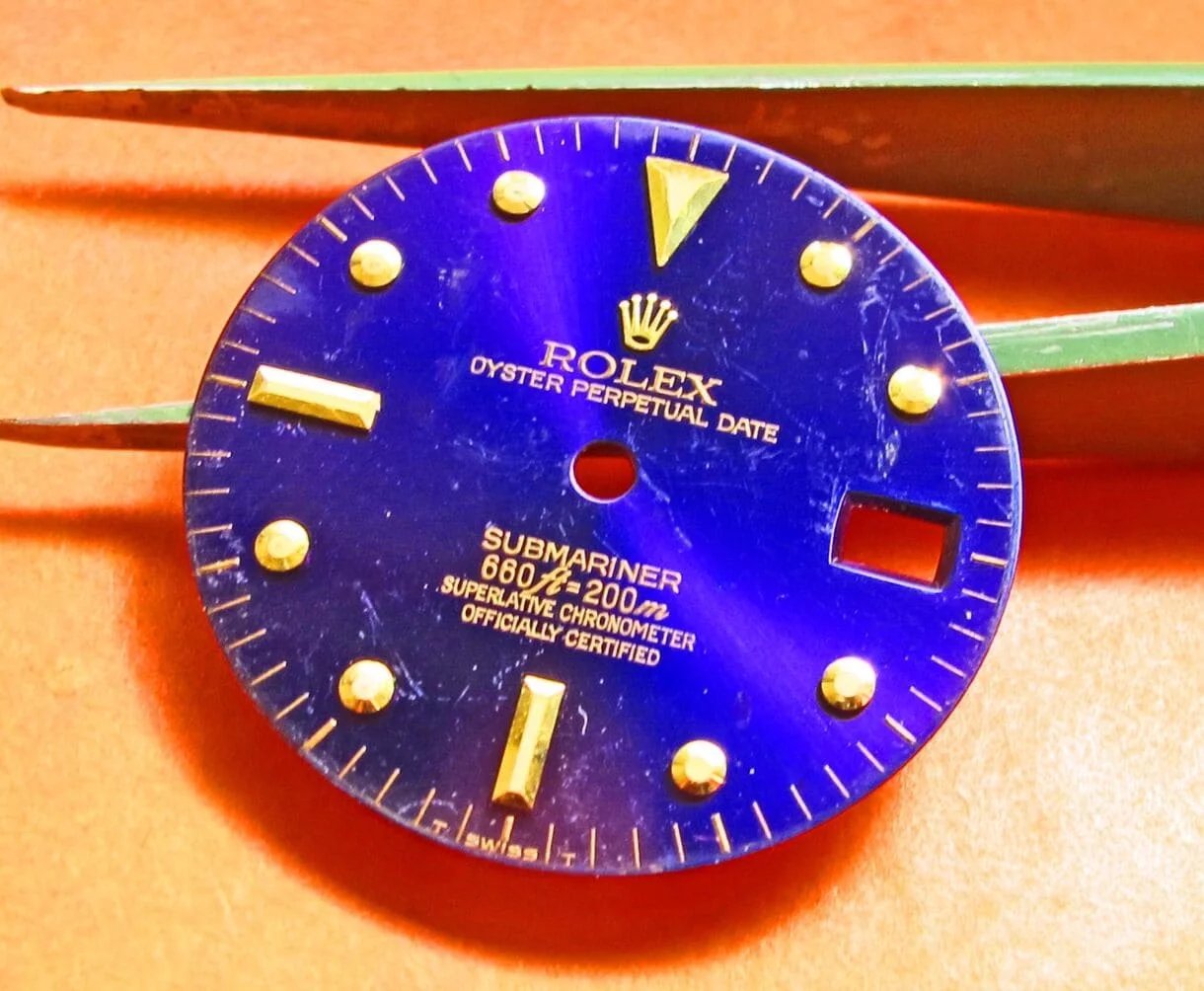Key Takeaways
Swiss watches are renowned for their intricate craftsmanship and superior quality. The process of Swiss watchmaking involves a series of meticulous steps, from the design stage to the final assembly, with each stage requiring a high level of precision and attention to detail. This article will take you through the step-by-step process of how Swiss watches are made.
Design and Conceptualization
The process begins with the design phase, where watchmakers conceptualize the aesthetic and functional elements of the watch. Using modern software, these elements are converted into technical specifications, forming the blueprint for production.
Creation of Watch Components
Following the design phase, the creation of individual components begins. This involves a multitude of processes, such as cutting, drilling, and milling, to shape the components precisely. The delicate components of the watch, such as the gears and springs, are made by specialized machines.
Decorative Techniques
Swiss watches are known for their beauty as much as for their functionality. Decorative techniques such as engraving, gem-setting, and polishing are used to enhance the visual appeal of the watches. These techniques require a high level of skill and are often done by hand.
Assembly and Quality Control
The assembly of a Swiss watch is a complex process that requires a high degree of precision. The individual components are assembled by skilled watchmakers, using specialised tools. Once the watch is assembled, it undergoes rigorous quality control checks to ensure it meets the high standards of Swiss watchmaking.
FAQ Section
What makes Swiss watches unique?
Swiss watches are renowned for their superior craftsmanship, precision, and durability. They are also highly valued for their aesthetic appeal, enhanced by the use of decorative techniques such as gem-setting and engraving.
Why are Swiss watches so expensive?
Swiss watches are expensive due to their high-quality materials, meticulous craftsmanship, and the time and skill required to create them. They are often handmade, involving a multitude of intricate components and processes.






